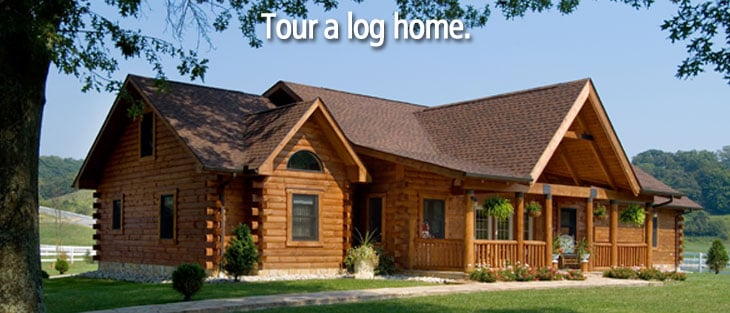 Over the centuries log homes have come a long way. The resurgence in log home construction came in the mid-1970's and along with it several opportunities to improve on what our forefathers taught us about constructing homes with full logs.
Over the centuries log homes have come a long way. The resurgence in log home construction came in the mid-1970's and along with it several opportunities to improve on what our forefathers taught us about constructing homes with full logs.
Of course when log home construction started in this country, our virgin timbers were HUGE and contained a lot of heart wood. Heartwood of all wood species is naturally resistant to insects and decay. Preservatives weren't so necessary then and what was used to help protect the wood was organic.
Now that we're on our 3rd or 4th harvesting of timbers there is a lot more sapwood exposed when the logs are milled or hewn. Sapwood of ALL wood species (yes - even cypress and cedar) is susceptible to decay and insects so preservation is very important today. It's the reason we started in 1977 to pressure treat our log wall building materials - something that no one had tried before - and we have never had a homeowner with insect or decay problems. In addition, just like our forefathers we're using an organic preservative in our pressure treating process - borates.
In the infancy of the new log home building industry the Log Home Council (LHC) was formed and became a division of the National Association of Home Builders (NAHB). Appalachian Log Structures was one of the companies that helped form and support the LHC and still does today. Over the years several white papers have been produced by the LHC and one of them is featured here today. Click Here for an overview of the Log Home Industry and be prepared to learn some interesting and useful facts that you can take with you and use in your own dream log home project.
Don't forget to contact your local Log Home Consultant when you have questions or are ready to turn your dream log home in to reality!



.png?width=137&height=70&name=blue-seal-120-61-bbb-21001218%20(1).png)